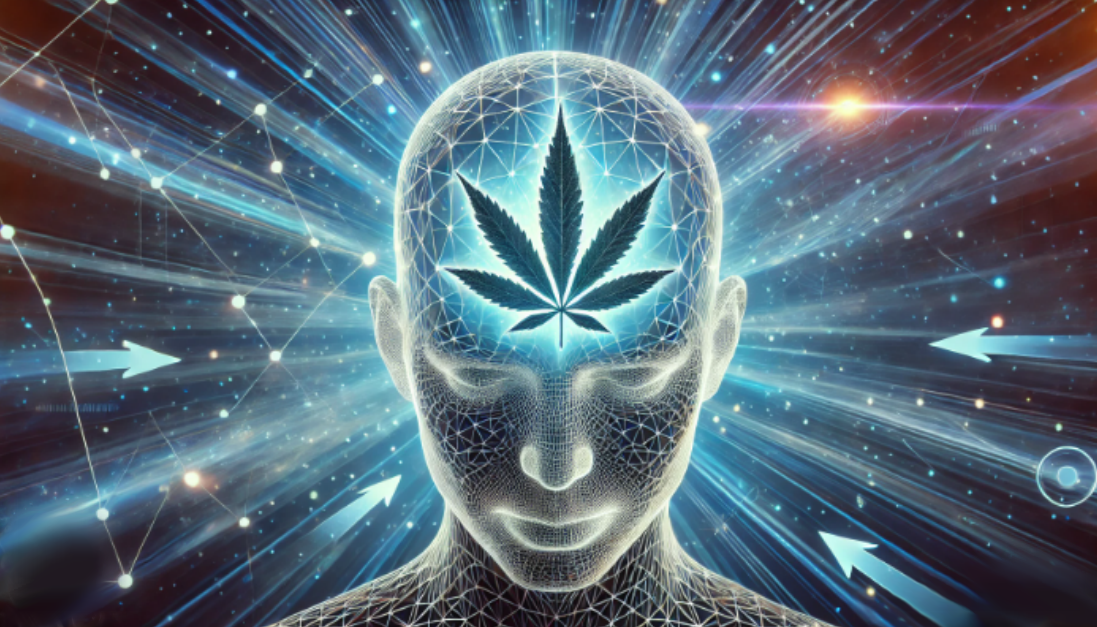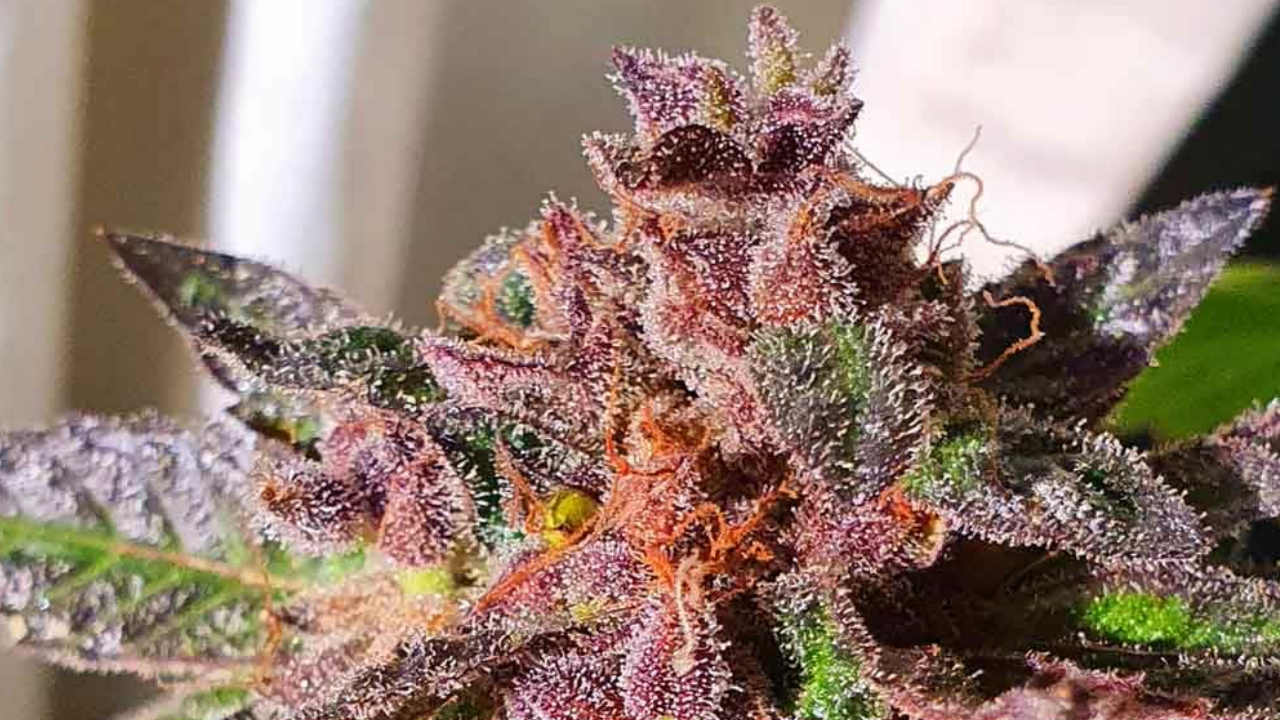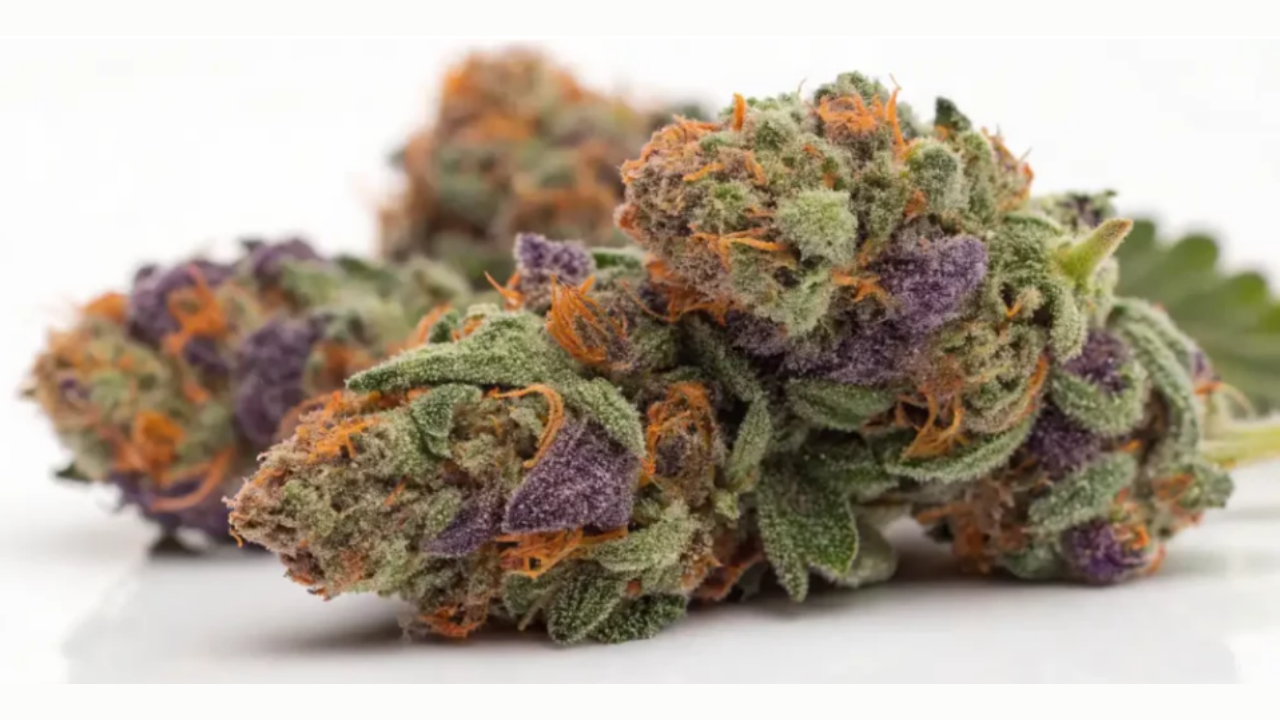Cannabis and Creativity: Exploring the Connection
For centuries, cannabis has been linked to artistic expression, problem-solving, and innovative thinking. From musicians and writers to inventors and entrepreneurs, countless individuals have credited cannabis with enhancing their creativity. But what is the science behind this connection? Can cannabis truly unlock creative potential, or is its impact more subjective? Understanding how cannabis interacts with the brain, particularly in relation to divergent thinking and cognitive flexibility, provides insight into its role in human creativity.
How Cannabis Affects the Brain
The primary psychoactive compound in cannabis, tetrahydrocannabinol (THC), interacts with the brain’s endocannabinoid system (ECS), which regulates mood, memory, and cognition. THC binds to CB1 receptors in the brain, altering neurotransmitter release and stimulating dopamine production. This shift in brain chemistry can affect perception, reduce inhibitions, and enhance the brain’s ability to make unique connections between ideas—all of which play a role in creativity.
One of the key cognitive functions linked to creativity is divergent thinking—the ability to generate multiple solutions to a problem. Cannabis has been shown to enhance this type of thinking, leading to more expansive and unconventional ideas. Additionally, some users report heightened sensory perception, which may contribute to artistic inspiration and innovative problem-solving.
The Role of Dopamine in Creativity
Dopamine, often referred to as the brain’s “reward chemical,” plays a crucial role in motivation and creative expression. Increased dopamine levels can lead to greater cognitive flexibility, allowing the brain to approach problems from new angles. Cannabis consumption, particularly strains high in THC, can stimulate dopamine production, making users feel more open to exploration and free-thinking.
However, research suggests that moderation is key. While low to moderate doses of cannabis may enhance creative thinking, high doses can have the opposite effect, leading to cognitive impairment, decreased motivation, and difficulty focusing. This is why some artists and creators find cannabis helpful, while others may experience mental fog or distraction.
Scientific Studies on Cannabis and Creativity
Several studies have explored the link between cannabis and creative thinking:
- A 2012 study published in Consciousness and Cognition found that cannabis use increased divergent thinking in individuals with lower baseline creativity. This suggests that cannabis may be particularly beneficial for those who struggle with creative block.
- Another study in Psychopharmacology (2014) found that while low doses of THC improved verbal fluency—a key component of creative expression—higher doses had the opposite effect, impairing cognitive performance.
- Neuroscientific research has shown that cannabis alters activity in the prefrontal cortex, a brain region associated with abstract thinking and idea generation. This suggests that cannabis may help users think outside the box by reducing conventional thought patterns.
Cannabis and Artistic Expression
Many musicians, writers, and visual artists have reported using cannabis to enhance their creative process. Some of the most famous artists and musicians in history, from Bob Marley and The Beatles to Carl Sagan and Steve Jobs, have spoken about the role cannabis played in their creative work.
Artists often describe cannabis as helping them:
- Enter a state of flow, where creativity feels effortless.
- Break free from creative blocks by thinking outside traditional frameworks.
- Enhance sensory perception, making colors, sounds, and textures feel more vivid.
- Boost confidence in their ideas by reducing self-doubt and inhibitions.
The Potential Drawbacks of Cannabis and Creativity
While cannabis can offer creative benefits, it is not a universal solution for artistic inspiration. Some potential drawbacks include:
- Short-Term Memory Impairment: Cannabis can interfere with working memory, making it harder to keep track of complex ideas.
- Decreased Motivation: Some users find that excessive cannabis use reduces their drive to act on their creative ideas.
- Dependence on Cannabis for Creativity: Relying too heavily on cannabis for inspiration may hinder an artist’s ability to create without it.
Choosing the Right Cannabis Strain for Creativity
Not all cannabis strains produce the same effects. Some are more stimulating, while others can be sedating. Many creative individuals prefer sativa-dominant strains, which are known for their uplifting and energizing effects. Strains high in terpenes like limonene, pinene, and terpinolene are particularly associated with increased mental clarity and focus.
Conclusion
The relationship between cannabis and creativity is both scientific and personal. While some users experience enhanced divergent thinking, increased cognitive flexibility, and greater artistic inspiration, others may struggle with focus or motivation. The key to unlocking cannabis’ creative potential lies in moderation, strain selection, and personal experimentation.
Ultimately, creativity is a deeply individual process, and cannabis is just one of many tools that can help individuals tap into their imagination. Whether through brainstorming, artistic expression, or problem-solving, cannabis has the potential to open new doors of perception, making it a fascinating area of exploration for both artists and scientists alike.
Sid Prince
Photo credit: https://consensus.app/home/blog/how-pot-affects-your-mind-and-body/




